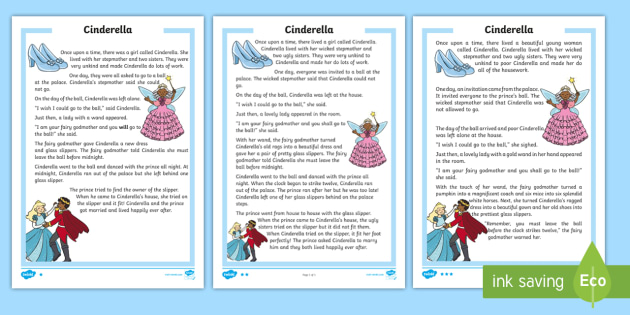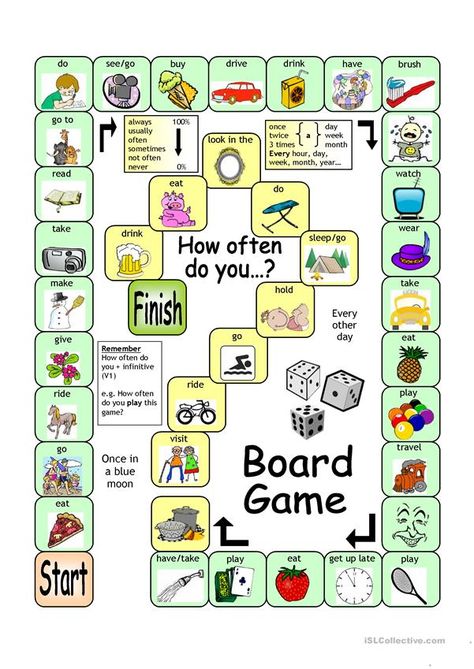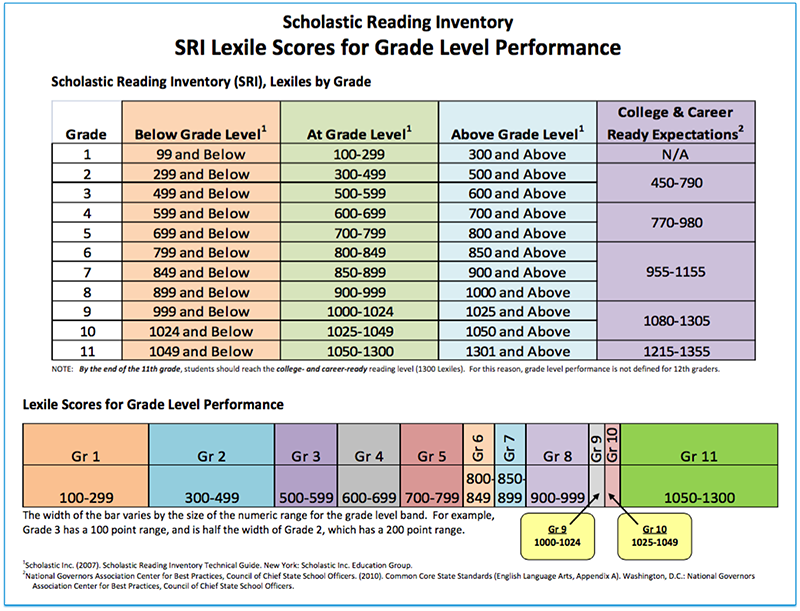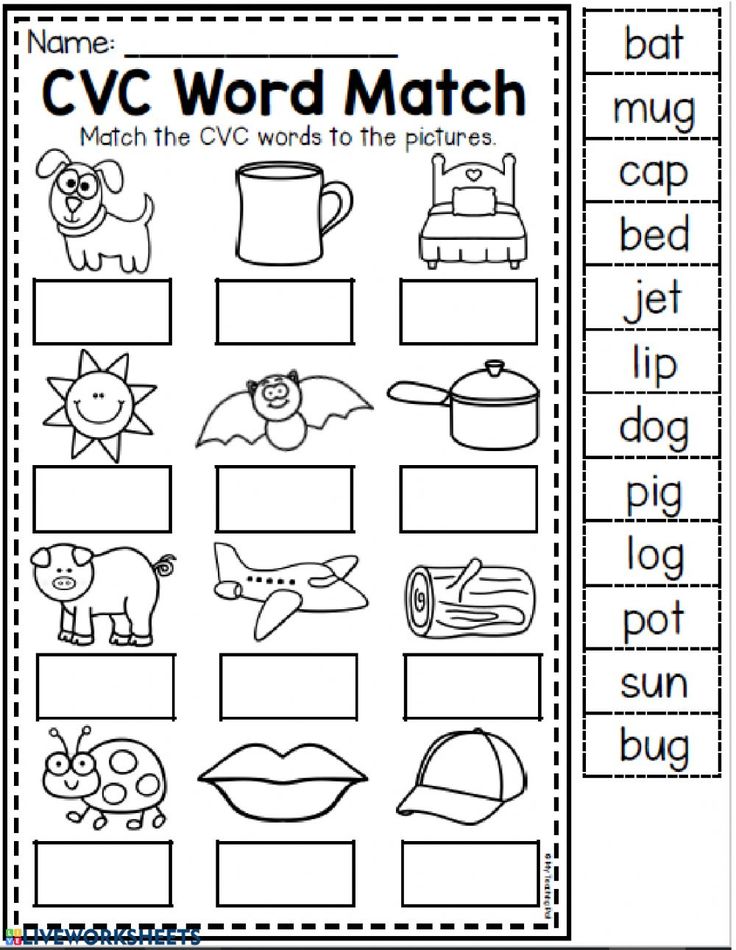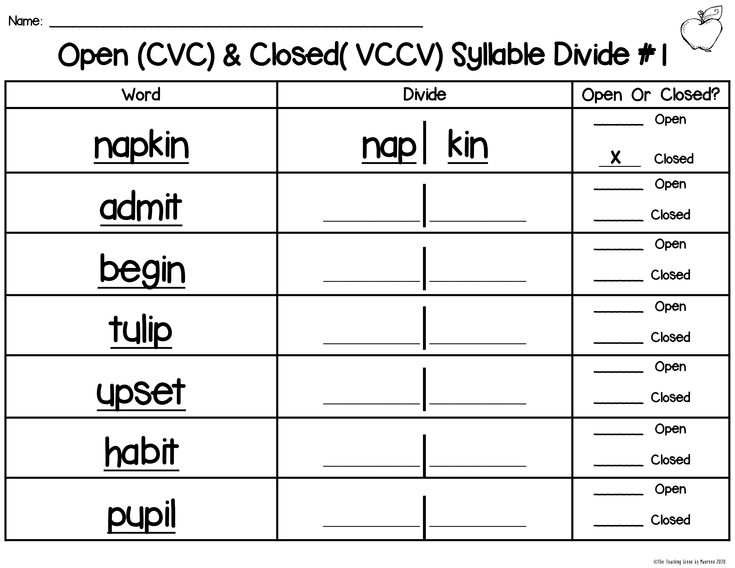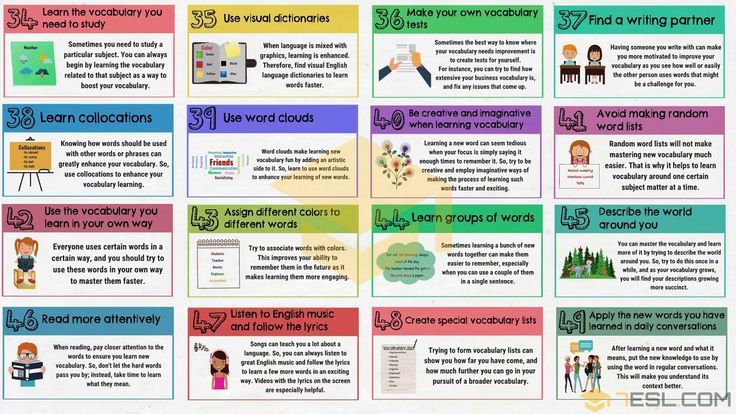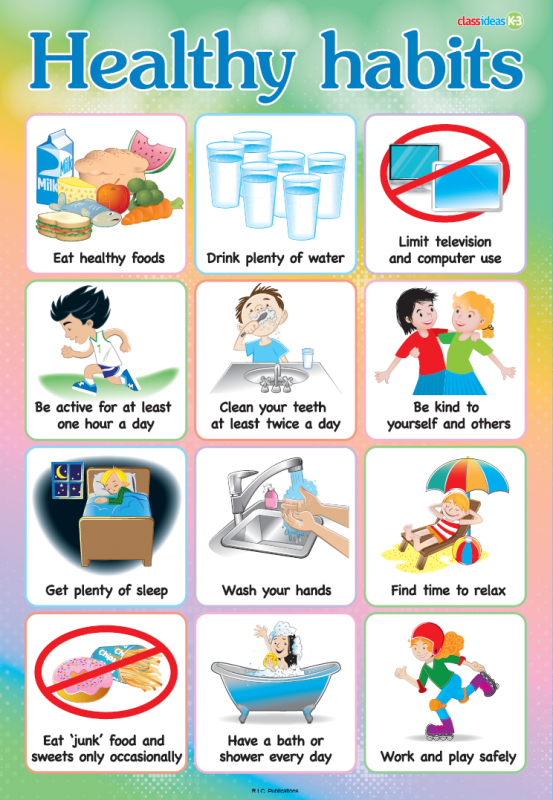Learn 2 read
Learn2Read - Best online phonics classes for your child
HOW WILL PHONICS HELP YOUR CHILD LEARN TO READ?
READING RIGHT IS THE BEGINNING TO LEARNING RIGHT
A child who has learnt to read can teach himself/herself anything, which is an amazing skill for life. It's time for parents to give their kids the gift of READING at an early age with Learn2Read, an online phonics educational platform.
With our fun and interactive courses, we make sure that our phonics kids learn the right phonics concepts to read and their usage. We ensure that they learn the right words in the right way with the concepts of easy learning from letter sound with blending to improving their vocabulary and language skills. Sparkle your child's imagination and stimulate the hidden confidence with:
- Correct Pronunciations
- Spelling Rules
- Improved Comprehension
- Fluent Reading
View Curriculum
Unleash the genius within your child with our phonics curriculum
What Will Kids Learn To Read?
Learn2Read Make Kids Confident Readers of Tomorrow!
Our phonics experts provide the best way to teach children learn to read English phonics with the help of courses for every age group curated. The child friendly curriculum focuses on correct pronunciations, spelling skills, improved comprehension and fluent reading.
TESTIMONIALS
Our Parents Feedback
We take pride in the valuable feedback shared with us by the parents and guardians who trust us with their child’s present and future.
Easy Pace of Learning Where Children Never Gets Exhausted
Our Fun Interactive Phonics Curriculum
Learn2Read believes that each child is gifted and with the right guidance and encouragement can achieve amazing feats. Our courses have been designed by phonics experts keeping in mind the needs and attention span of that age group and ensures that every child achieves that milestone before advancing forward.
Our curriculum is divided into the following 5 courses which caters to each age group and stage of learning:
Learn To Read Phonics for Young Readers of Tomorrow
Words of Wisdom
“Reading is essential for those who seek to rise above the ordinary.” – Jim Rohn
Phonics is a fun and child centered approach to teaching languages like English through the phonics sounds, letter recognition, tricky words, spelling, pronunciation, tricky words, read and comprehend, blending and segmentation of the letters.
We introduce early learners to 42 letter sounds parallel to their learning of the 26 alphabets in the English language. This makes it much easier and faster for the young minds to identify each letter and sharpen their word building techniques.
Learn2Read will make reading easy for children and make them
"Young Readers Of Tomorrow At An Early Age"
Enter details to book a free demo here!
Learn2Read - Best online phonics classes for your child
HOW WILL PHONICS HELP YOUR CHILD LEARN TO READ?
READING RIGHT IS THE BEGINNING TO LEARNING RIGHT
A child who has learnt to read can teach himself/herself anything, which is an amazing skill for life. It's time for parents to give their kids the gift of READING at an early age with Learn2Read, an online phonics educational platform.
It's time for parents to give their kids the gift of READING at an early age with Learn2Read, an online phonics educational platform.
With our fun and interactive courses, we make sure that our phonics kids learn the right phonics concepts to read and their usage. We ensure that they learn the right words in the right way with the concepts of easy learning from letter sound with blending to improving their vocabulary and language skills. Sparkle your child's imagination and stimulate the hidden confidence with:
- Correct Pronunciations
- Spelling Rules
- Improved Comprehension
- Fluent Reading
View Curriculum
Unleash the genius within your child with our phonics curriculum
What Will Kids Learn To Read?
Learn2Read Make Kids Confident Readers of Tomorrow!
Our phonics experts provide the best way to teach children learn to read English phonics with the help of courses for every age group curated. The child friendly curriculum focuses on correct pronunciations, spelling skills, improved comprehension and fluent reading.
The child friendly curriculum focuses on correct pronunciations, spelling skills, improved comprehension and fluent reading.
TESTIMONIALS
Our Parents Feedback
We take pride in the valuable feedback shared with us by the parents and guardians who trust us with their child’s present and future.
Easy Pace of Learning Where Children Never Gets Exhausted
Our Fun Interactive Phonics Curriculum
Learn2Read believes that each child is gifted and with the right guidance and encouragement can achieve amazing feats. Our courses have been designed by phonics experts keeping in mind the needs and attention span of that age group and ensures that every child achieves that milestone before advancing forward.
Our curriculum is divided into the following 5 courses which caters to each age group and stage of learning:
Learn To Read Phonics for Young Readers of Tomorrow
Words of Wisdom
“Reading is essential for those who seek to rise above the ordinary.” – Jim Rohn
Phonics is a fun and child centered approach to teaching languages like English through the phonics sounds, letter recognition, tricky words, spelling, pronunciation, tricky words, read and comprehend, blending and segmentation of the letters.
We introduce early learners to 42 letter sounds parallel to their learning of the 26 alphabets in the English language. This makes it much easier and faster for the young minds to identify each letter and sharpen their word building techniques.
Learn2Read will make reading easy for children and make them
"Young Readers Of Tomorrow At An Early Age"
Enter details to book a free demo here!
an easy way to know the future”, Chris Brandt Riske – LitRes, page 2
Secondary progressions and solar arc directions are two of the most common methods of “advancing” natal chart data in order to get a picture of the situation for a particular year of a person’s life. Using these techniques, you can identify current trends, the main themes of the year and those areas of life that will be given special attention. These forecasting methods are accurate, but most astrologers prefer secondary progressions, including myself, because they give more food for thought and, accordingly, more insights, however, solar arcs also provide valuable information, at least confirming what the progressions indicate, so I recommend you try both methods.
Using these techniques, you can identify current trends, the main themes of the year and those areas of life that will be given special attention. These forecasting methods are accurate, but most astrologers prefer secondary progressions, including myself, because they give more food for thought and, accordingly, more insights, however, solar arcs also provide valuable information, at least confirming what the progressions indicate, so I recommend you try both methods.
Secondary progressions, commonly referred to simply as progressions (and also as directions), are a relative novelty in astrological analysis. It was developed back in the 17th century by the astrologer Placidus de Titus, but gained real popularity only at the end of the 19th century through the efforts of another astrologer, Alan Leo. Until then, the method of primary directions was mainly used, which required complex calculations based on the knowledge of spherical astronomy and trigonometry. Secondary progressions, in turn, are relatively easy to establish, since the calculations are based on data on the location of the planets indicated in the ephemeris, where the sign, degrees and minutes of the position of each planet on each individual day are noted (today, of course, this is not done manually , talking about the times before the advent of computers).
When calculating progressions, one day of planetary movement is equated to a year of a person's life, and the real distance that a particular planet has moved, and not the average, is taken as the basis. For example, to determine which planetary influences were more significant for you at the age of 10, you need to count 10 days from the date of birth using the ephemeris: if the birthday was July 20, the age of 10 will correspond to the location of the planets on July 29 of the same year, if October 8 - October 17, etc.
Directions of the solar arc are the easiest to calculate: based on the daily speed of the Sun (about one degree per day, or, to be exact - 0 ° 59'8''), all other planets also "advance" a degree forward, which corresponds to one year of life. So if you were born on February 5th, you need to add 10° to each planet's natal position to find out where it was when you were 10 years old. This forecasting tool was developed by Ptolemy and then optimized and put into wide use by Valentin Naybod.
The following example shows the difference in the progress of the planets when calculated using the two methods described; date of birth - August 1, 2008, considered age - 11 years.
Position of the planets in the calculation of progressions and directions of the solar arc (date of birth August 1, 2008)
Note that the position of the Sun in both calculations is approximately the same, while Venus and Mars are in quite different positions. Here the question arises, how then to combine these methods at work - this is possible, as you will see a little later.
To fully understand what happens to the planets in progression, you need a basic understanding of the features of the movement of each of them. Each planet has an average annual speed of movement, but only two really constantly move at the same speed - these are the Sun and the Moon: they are always direct and never turn retrograde, unlike the rest of the planets. The progressed Sun moves about one degree in one year of life, and the progressed Moon returns to its natal position about every 28 years - which corresponds to the approximate number of days the Moon passes through all 12 signs of the zodiac in a month.
When planets go retrograde, it looks like they start moving backwards across the sky. From the ephemeris, you can see how the values of the degrees and minutes of the planet do not increase, but decrease: the planets slow down, approaching the stationarity points (where they seem to stop before changing the apparent direction of movement, back or forward).
Pluto can stay at one degree for 10 to 15 days, which equates to 10 to 15 years in progression. Progressive Saturn can stand still for five years, progressive Mars for two to three years, and Mercury for a year.
Venus moves more than one degree per day (one year in progression) during its fastest period, gradually slowing down before a period of stationarity lasting one to two days (one to two years in progression) in preparation for a change of direction. Depending on the date of birth, progressive Venus usually passes from one to three signs of the zodiac in a person's life, while progressive Mercury, due to the fact that it moves faster in general, usually has time to pass two, three or four signs.
Progressed Jupiter sometimes changes signs during a progression, but the outer planets Saturn, Uranus, Neptune and Pluto must be in the last (or first, during the period of retrograde) degrees of the previous sign to change sign in a progression, since they move very slowly. The outer planets in progression sometimes pass only one or two degrees.
The location of the planet is indicated in degrees, minutes and sign seconds.
One character = 30 degrees (30°).
One degree = 60 minutes (60').
One minute = 60 seconds (60”).
On average, progressive planets travel the following distances per year.
Sun - 1 degree (1°).
Moon - 12 degrees (12°).
Mercury - 1 degree 23 minutes (1°23').
Venus - 1 degree 12 minutes (1°12').
Mars - 31 minutes (0°31').
Jupiter - 5 minutes (0°5').
Saturn - 2 minutes (0°2').
Uranus - 42 seconds (0°0’42”).
Neptune - 24 seconds (0°0’24”).
Pluto - 1 second (0°0’01”).
The Sun, Moon, Mercury, Venus, Mars and sometimes Jupiter can move so fast during a person's life that they have time to form an exact natal aspect: this is when one of the two planets that make up the natal aspect progresses forward (or backward in the case of retrograde), reaching the exact degree of the second planet. For example, if in the natal chart there is a trine of Mars at 8° Aquarius to Uranus at 14° Gemini (with an orb of 6°, and Mars is approaching Uranus), then if Mars moves at its average speed, the natal aspect will become accurate in about 12 years after the birthday.
The outer progressive planets (Saturn, Uranus, Neptune, Pluto) move so slowly that they rarely form any aspects other than natal ones. If the natal aspect involving an outer planet is nearly accurate, during a lifetime the planet may advance beyond the orbit. However, this is unlikely unless the event is triggered by a faster moving planet, in which case the individual has an exceptional chance to realize their full natal potential.
Unfolding the Chart
Knowing how the planets move, it is easier to understand how the progressions and directions of the solar arc reveal the potential of the natal chart throughout a person's life. This concept is at the heart of predictive astrology, because it is based on the fact that each person comes into this world with a certain set of talents, personal qualities and skills that can be developed. Such a potential exists, and only the person himself can realize it, but it is very useful to know about your inherent strengths and weaknesses in order to develop the former and minimize the damage from the latter.
The progress card is especially important in this regard. The inner planets symbolize that which distinguishes the individual in man from the collective represented by the outer planets. Since the outer planets move extremely slowly, for anyone born within a few months or even years, these planets are roughly in the same position, within a few degrees. With the inner planets, a completely different story: for example, Mercury passes through the entire zodiac (12 signs) in just a year. In a progressed chart, these planets can form exact natal aspects, contact with other planets in the natal chart (forming new aspects that are not in the natal chart), and also change Houses and signs.
With the inner planets, a completely different story: for example, Mercury passes through the entire zodiac (12 signs) in just a year. In a progressed chart, these planets can form exact natal aspects, contact with other planets in the natal chart (forming new aspects that are not in the natal chart), and also change Houses and signs.
As an example, let's say a person was born with Saturn in the ninth house associated with higher education - this alone indicates possible difficulties in this area. An approximate length of time in which learning can take place can be determined using a progressed chart: this will be the year when progressed Mercury (the planet associated with learning) will aspect natal Saturn. If a person was born, for example, on July 14, 2008, with Mercury at 6° Cancer and Saturn at 5° Virgo, then this will happen at the age of 30, when the progressive Mercury finishes passing the sign of Cancer, passes all of Leo and enters 5° Virgo, where there will be a conjunction with natal Saturn.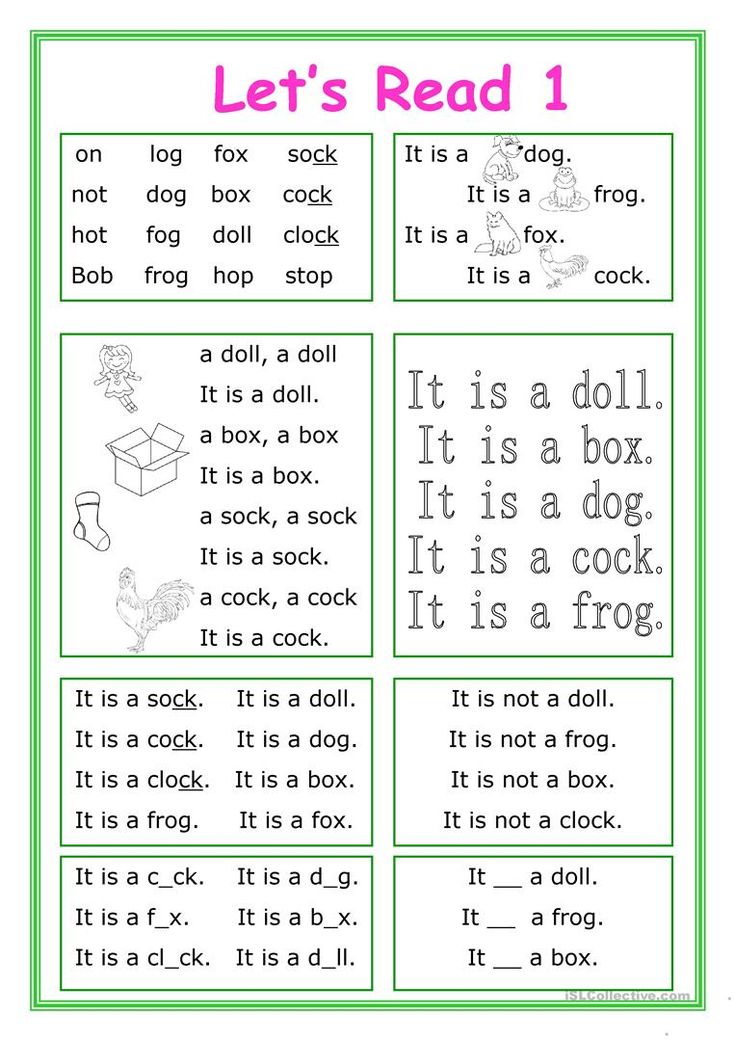 Please note that when calculated from the solar arc, the directional Mercury in this example will be at 6 ° Leo, where it forms a semi-sextile to natal Saturn.
Please note that when calculated from the solar arc, the directional Mercury in this example will be at 6 ° Leo, where it forms a semi-sextile to natal Saturn.
This example is, of course, greatly simplified, since predictive astrology takes into account much more than one planetary factor, but still clearly demonstrates how the Universe provides an opportunity to realize natal potential, as well as exactly how astrologers make their predictions.
Potentially significant years of life can be quickly determined by simply looking at the ephemeris and evaluating the positions of the planets for several weeks after the birthday: look for years (represented by days) when the progressed planets will aspect the natal ones. This information will help you determine in which year, for example, your career will peak, and then you can apply several forecasting techniques to refine this forecast over time; the data obtained can be very useful in long-term planning. It is equally important to study in detail what is happening in the chart in the years preceding this precisely defined time, in order to take into account in your plans what the planets indicate in this period.
Change of Houses and signs
The natal placement of the planets is always paramount, but their energy changes when one or another progressive planet enters another sign, thereby opening up new facets of personality or providing previously inaccessible opportunities. For example, with natal Mars in Cancer, family and security are dominant values, and this will continue throughout life, but if Mars is progressed in Leo, personal needs will take precedence over previous years.
These energy changes are most noticeable when the progressed Moon changes signs, which moves quite quickly and passes the sign in about two and a half years, but small shifts in life accents when other inner planets change sign are also quite noticeable.
A similar effect occurs when planets change their House. If your natal Venus is in the seventh house, the topic of relationships will be dominant for you throughout your life. However, when progressive Venus enters the 8th House, there may be a business/financial relationship or other situation in which you will have to pool your resources with others. Or, if you have the Sun in the twelfth house, your self-confidence will increase when the Sun enters the first house.
Or, if you have the Sun in the twelfth house, your self-confidence will increase when the Sun enters the first house.
Retrograde and stationary progressive planets
To find out in which years the progressive planets will become stationary before the retrograde or direct phase, you need to look at the ephemeris again: look two or three months ahead, starting from your birthday, and note at what age you are this or that planet will become retrograde (R) or direct (D). The year in which a progressive planet changes direction is an important turning point in life. This is usually immediately noticeable if Venus, Mercury or Mars changes direction, in the case of the outer planets the effect is less noticeable, and their influence is fully felt only a few years later (using the ephemeris it is also the easiest way to find out if you were born on the day when the planet has changed direction.
Returning to the earlier example of higher education, a delay in studies could occur at the beginning of the course of study, if in the natal chart there is an opposition of retrograde Mercury and Saturn along the axis of the ninth-third Houses. In the year in which progressed Mercury becomes direct, there may be a sudden impulse, such as going to college, and the fulfillment of this desire will subsequently have a significant impact on the career, when progressed Mercury, continuing to move, eventually finds itself in conjunction with the Midheaven.
In the year in which progressed Mercury becomes direct, there may be a sudden impulse, such as going to college, and the fulfillment of this desire will subsequently have a significant impact on the career, when progressed Mercury, continuing to move, eventually finds itself in conjunction with the Midheaven.
When Venus or another planet of the seventh House changes its direction, it exacerbates the issue of relationships in life, as a result of which a person often gets married or, conversely, divorces. A change in the direction of the planet in the tenth house may indicate a change in career, and in the second or eighth house - changes in the financial plan. The ruling planets of the Houses, changing direction, also indicate certain changes: Mercury, which has become direct in the chart with the ascendant Virgo (Ascendant in Virgo), contributes to the formation of self-confidence.
There is another effect associated with the retrograde of progressive planets, which may or may not contribute to the realization of the potential of the natal chart: when the retrograde planet that moves faster (usually Mercury, Venus, Mars or Jupiter), overtakes in degrees the planet that it aspects .
For example, one of the potential outcomes of trine natal Jupiter and Pluto is to receive a substantial inheritance. But let's say at birth, Pluto is in the 16° sign, and Venus becomes retrograde at 14°. The natal inheritance potential is most likely to be realized during the time (year or years) when progressive Venus forms an exact aspect (trine) with natal Pluto. This may take a year or 60 years or more, depending on how long it takes Venus in retrograde to reach the point of stationarity, resume forward movement, and, after passing its natal position, form an exact aspect with Pluto. And if the birthday of a person with the mentioned potential falls on the phase of stationarity or the beginning of the retrograde phase of Venus, the exact aspect with Pluto may not take place during his lifetime.
The retrograde and stationarity of the planets are of no importance in the calculation by the solar arc method, since in this case all the planets move forward with the same average speed.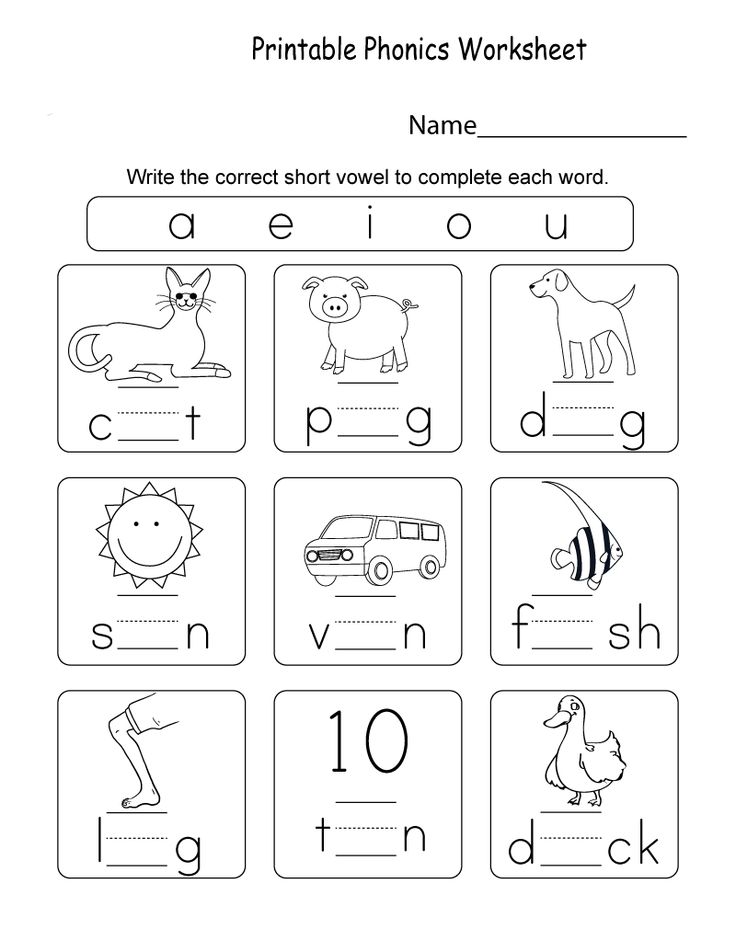
Ascendant and Midheaven
Progressive Ascendant and Midheaven (two angular Houses or corners of the horoscope) are very significant in predictive astrology. Opposite to them, the Descendant and the Depth of Sky (two other corner Houses) move around the map, respectively. You can choose any calculation of the progression of the Ascendant and the Midheaven; I personally prefer the Naibod method as the most accurate, but it makes sense to experiment before settling on anything. According to the method of the solar arc, the angular Houses, like the planets, move in accordance with the movement of the Sun, that is, by about 1 ° per year.
Both the natal and progressive Ascendant determine personality traits, while the Midheaven is associated with career, status, and achievement. However, despite the fact that the progressions of these angles of the horoscope, like the progressive planets, are the main factors in astrological forecasting, their influence is generally less significant than the influence of their natal positions - which is true for the positions of the planets, natal and progressive. However, it does happen that progressive angle houses have a significant impact, as in the case of an aspect of the Ascendant-Descent axis with Venus or Mars - this situation often indicates the possibility of a serious relationship or marriage.
However, it does happen that progressive angle houses have a significant impact, as in the case of an aspect of the Ascendant-Descent axis with Venus or Mars - this situation often indicates the possibility of a serious relationship or marriage.
An aspect of a progressive planet with a natal Ascendant or Midheaven signals the highest probability of some important event during this period. This event is usually associated with the person (Ascendant), partners (Descendant), career (Midheaven) and / or home and family (Deep Sky), and those years in which it happens are usually remembered and form a turning point in life.
Aspects and Orbis
Progressive planets form aspects with natal and progressive planets, as well as angular Houses. Directional planets (solar arc method) can only aspect natal planets, since they move at the same average speed. All planetary contacts are important prognostic factors.
The Ptolemaic, or major, aspects are easy to recognize, but they rarely give exhaustive information. The semi-square (45°) and sesqui-square (or sesqui-square, 135°) are not easy to spot right away, but they are just as significant as a square and signal certain events. In order not to look for such aspects on your own, you can use special astrological computer programs and make a list of progressive aspects for two or three years in advance to identify emerging trends.
The semi-square (45°) and sesqui-square (or sesqui-square, 135°) are not easy to spot right away, but they are just as significant as a square and signal certain events. In order not to look for such aspects on your own, you can use special astrological computer programs and make a list of progressive aspects for two or three years in advance to identify emerging trends.
In general, progressive aspects to the planets and angles of the horoscope mean the following.
• Conjunction (0°) - intensity of life, action, unification of the forces of two planets.
• Trin (120°) - rarely associated with action, provides good luck and harmony.
• Sextile (60°) - creates favorable circumstances, but requires action to achieve success.
• Opposition (180°) - usually associated with relationship problems, conflicts, breakups.
• Square (90°) - action, conflict, issues requiring increased attention.
• Semi-square (45°) and one and a half square (135°) - action, conflict, the need to find a solution.
As a rule, there is a combination of harmonious and tense aspects in the chart, and the latter are necessarily associated with action: most often they give impetus to action, and do not turn into trouble. To interpret such aspects, practice and experience are needed, and it is extremely important to always take into account the data of the natal chart: a tense natal aspect supported by a progressive planet can give a very deplorable result, the opposite is also true - if the natal aspect is harmonious, the aspect with a progressive planet enhances its effect. It is also important to see the full picture of what is happening - a combination of the positions of all the planets and aspects in the chart, and if, for example, positive indicators outweigh the negative ones, the actual life situation may eventually have the desired or close to the desired result - after overcoming some obstacles.
Orbis (degrees within which the aspect acts) differ for different progressive planets and are calculated based on the speed of their movement:
Sun - 1°.
Moon - 1.5°.
Mercury - 1°.
Venus - 1°.
Mars - 30'.
Jupiter - 15'.
Outer planets - 5'.
These are just guidelines, remember to take into account converging and diverging aspects that may indicate events leading up to the current situation, or indicate its final outcome.
Since all the planets move at the same speed along the solar arc, the natal aspects never change, even if the directional planet enters a new sign. Thus, it is necessary to pay attention only to the aspects between the directional and natal planets; between the directional planets themselves, the same relations are preserved as in the natal chart, and the orbis of all aspects will be one degree.
Step-by-step analysis
Over time, with practice and experience, you will be able to quite quickly identify what the various factors of the progression chart indicate, and draw conclusions about current trends in a person's life - and almost instantly understand why a person applied for help from an astrologer.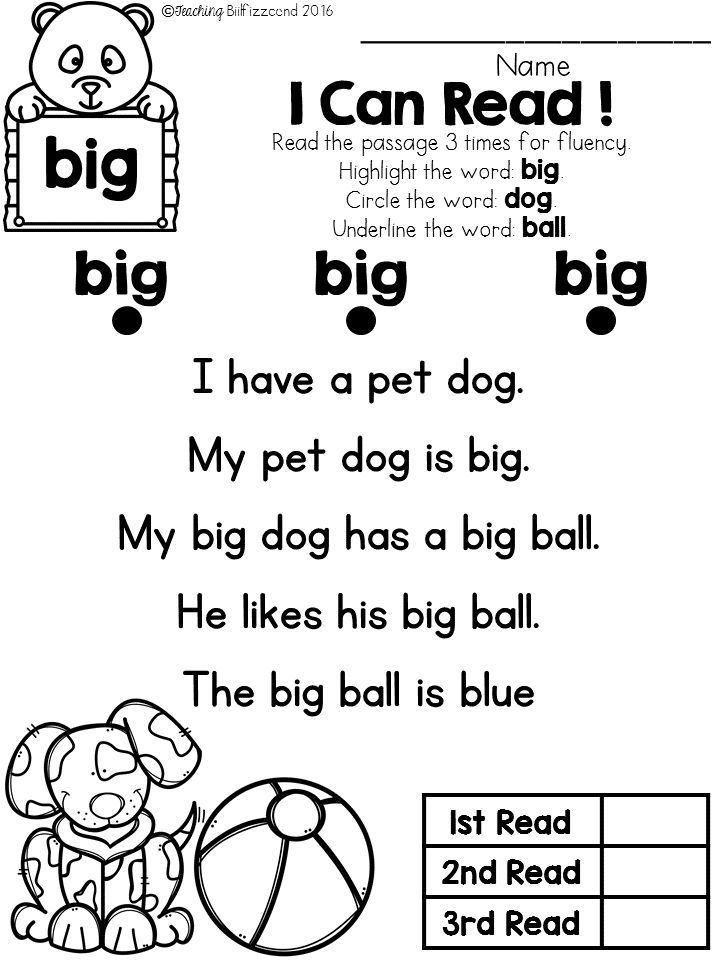
But be careful! Even an experienced astrologer can overlook some important factor, since many of them are not at all obvious. And make it a rule to first study the natal chart in detail - in order to get an idea of \u200b\u200ba person's personality, his motivations, skills, talents and attitudes towards various things - and only then proceed to the analysis of the progressions and directions of the solar arcs.
When you have completed your study of the natal chart, make a list of all the progressive aspects, noting the Houses each planet rules, which Houses it is in and which planets in the natal chart it activates, add your comments and keywords to facilitate interpretation. It is necessary to take into account the aspects of the progressive planets and axes to the same progressive and natal ones, as well as the aspects of the directional planets and axes to the natal ones.
All this may seem very time-consuming, especially at first, but believe me - it will be easier for you to collect your thoughts and formulate a clear forecast. You will immediately identify the main theme and see that it is repeated over and over again in different aspects (see the Rule of Three Aspects below). By the way, although this does not happen often, the progressions and directions of the solar arc may not portend anything special - don't let this upset you, you can always use another method of forecasting, such as studying the transits of the outer planets (see Chapter 5).
You will immediately identify the main theme and see that it is repeated over and over again in different aspects (see the Rule of Three Aspects below). By the way, although this does not happen often, the progressions and directions of the solar arc may not portend anything special - don't let this upset you, you can always use another method of forecasting, such as studying the transits of the outer planets (see Chapter 5).
All of the following examples illustrate the predictive analytics method, focusing on aspects relevant at the time of events.
Pamela Anderson
The future actress Pamela Anderson was noticed during one of the matches of the Canadian Football League, which she visited with friends in the summer of 1989. The video camera stopped on her and her image hit the stadium's big screen, the crowd cheered in approval, and Pamela was invited onto the field; she was wearing a Labatt T-shirt at the time, and the company subsequently hired her as a model. That's how quickly began her career as a model and actress.
That's how quickly began her career as a model and actress.
In October 1989, she was on the cover of Playboy magazine, and in February 1990, she became Playboy's Playmate of the Month. In between events, she moved from Vancouver to Los Angeles, where she began acting in films. After a number of small jobs, she got a role in the popular TV series Baywatch, in which she starred from 1992 to 1997. Subsequently, Pamela appeared a lot on the screen.
Pamela's card (card 1) is a great example of how a progressive card can represent the beginning and continuation of a successful career. This progressive map is drawn up on August 1, 1989 years old and reflects the trends relevant at that time (the exact date of the football match has not been established).
Note the progressed Moon entering the 10th House of Career and Status a few months before the event. In addition, the Moon forms several important aspects, including opposition to natal Venus (popularity), divergent trine to natal Mars, diverging square to the natal Ascendant, and sesquisquare to the natal Sun.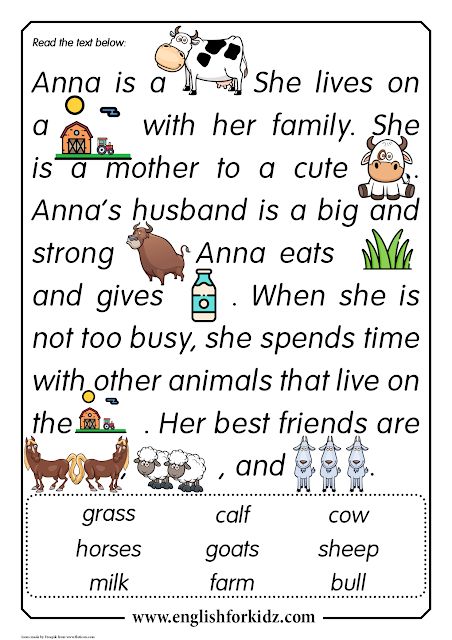 Thus, the progressed Moon has become a key factor in creating the potential for career success and fame, especially as it has activated the overtly sexual natal sextile of Venus and Mars, which in turn aspects the natal Midheaven in opposition (Venus) and trine (Mars). .
Thus, the progressed Moon has become a key factor in creating the potential for career success and fame, especially as it has activated the overtly sexual natal sextile of Venus and Mars, which in turn aspects the natal Midheaven in opposition (Venus) and trine (Mars). .
Progressed Angular Houses are also active, with the progressed Midheaven (career) converging semi-square natal Moon (public) and the progressive Ascendant (personality) converging square natal Saturn (career planet). Note that these aspects are exactly converging, which indicates that this was only the beginning of a new stage in a career.
Pamela was definitely lucky - she was in the right place at the right time when progressive Jupiter formed an exact trine with natal Saturn, the old ruler of Aquarius, and therefore the co-ruler of the tenth house. This aspect very well reflects the concept of chart unfolding, since at the time of birth Jupiter was in 7 ° Leo, only 5 ° from the trine with natal Saturn, and when the progressive Jupiter formed an exact natal aspect, Pamela's career took off, which made it possible to realize the full natal potential of a large success and income (Saturn rules the eighth house).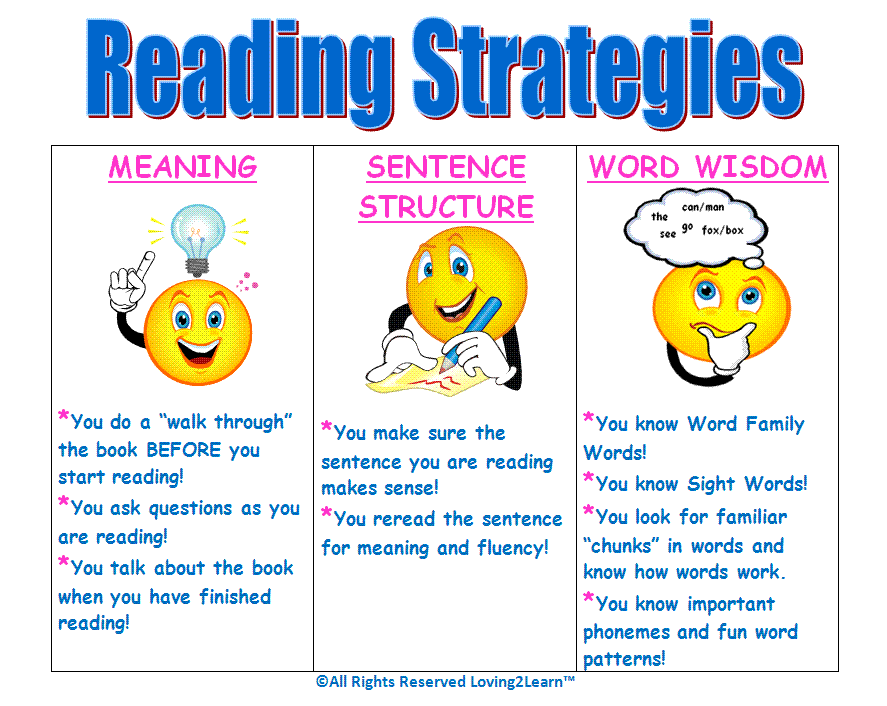 This progressive aspect is one that any astrologer would have identified at any time in previous years and warned Pamela that she would have a unique opportunity to realize her natal potential at the age of 22. Progressed Jupiter continued forward and eventually trine progressed Saturn at the beginning of 1992 - exactly at the time when she got a role in Baywatch.
This progressive aspect is one that any astrologer would have identified at any time in previous years and warned Pamela that she would have a unique opportunity to realize her natal potential at the age of 22. Progressed Jupiter continued forward and eventually trine progressed Saturn at the beginning of 1992 - exactly at the time when she got a role in Baywatch.
There were, however, other converging aspects that indicated that she was in for instant glory. The progressive Sun, which was about to enter Leo (acting, brilliance and luxury), in 1991 formed a square with progressive Mars. In turn, progressed Mars approached a semi-square with natal and progressed conjunction of Uranus and Pluto; this aspect operated from 1992 to 1997, when Pamela was the star of the TV series Baywatch.
In the solar arc chart (chart 2) activity was also observed: directional Mercury (ruler of the Ascendant) formed a trine with the co-ruler of the tenth House Saturn (the Sun in the solar arc chart formed the same aspects as the progressive Sun).
Most evident in the solar arc map are the converging aspects that have been at work all the time Pamela was filming Baywatch. The square of the directional Moon with the natal Midheaven in 1989 brought her the attention of the public, and then at 1994 followed by the square of the directional Moon with natal Venus. Between 1992 and 1995 directional Venus was in conjunction with a conjunction of Pluto and Uranus, and in 1995 directional Mars squared the natal Midheaven. So even though Pamela continued on the show until 1997, she probably started to feel it was time to move on, a little earlier in 1995, when those aspects were especially strong.
Influence of progressions and directions of the solar arc in Pamela Anderson's chart
Martha Stewart
Entrepreneur Martha Stewart has grown her small home-based lunch delivery business to an international empire. On June 4, 2003, she was arraigned for securities fraud, criminal conspiracy and obstruction of an investigation—and found guilty on four counts on March 5, 2004, after a New York jury trial.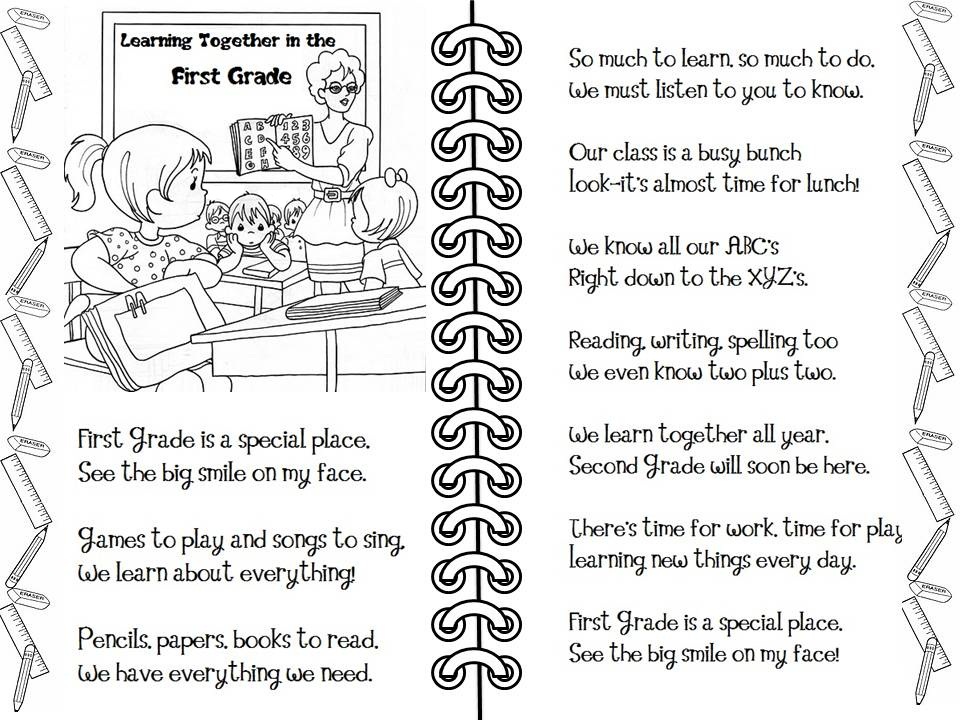 The court sentenced her to five months in prison, five months of house arrest, and two years of administrative supervision thereafter; Marta was sent to a detention center on October 8, 2004 and was released on March 4, 2005.
The court sentenced her to five months in prison, five months of house arrest, and two years of administrative supervision thereafter; Marta was sent to a detention center on October 8, 2004 and was released on March 4, 2005.
The ninth house is associated with the legal system and mass publications, and the twelfth with prisons. In Martha's chart (Chart 3), there are three planets in the natal ninth house, indicating her publishing empire and possible legal troubles - the Sun, Pluto, and Mercury. The ruling planets of the indicated houses are: Venus (twelfth house) and Moon (ninth house). It is easy to predict the active progressions involving some (or all) of these planets during the period when Martha was in trouble with the law, and their placement in their respective houses, ninth and twelfth.
Note that in the Martha chart, natal Venus, ruler of the twelfth house, forms a semi-square with natal Mercury in the ninth. This tense aspect indicates that already at birth there was a potential for trouble with the law and imprisonment. This aspect is strengthened by the square of the Moon, the ruler of the ninth house, and Neptune, the natural ruler of the twelfth house, an aspect that was in effect during the entire period of the litigation. The natal Moon is also in quincunx with natal Mercury in the ninth house.
This aspect is strengthened by the square of the Moon, the ruler of the ninth house, and Neptune, the natural ruler of the twelfth house, an aspect that was in effect during the entire period of the litigation. The natal Moon is also in quincunx with natal Mercury in the ninth house.
At the time of the indictment, progressed Mercury was out of square with natal and progressed Pluto. This aspect was accurate in June 2002 when rumors first began circulating that Martha's activities had come to the attention of the US Department of Justice. Progressed Mercury was in 1.5 square with progressed Jupiter (universal ruler of the ninth house) in the eighth house associated with other people's money. From the very beginning of these events, progressed Mercury had been approaching a sextile with natal Venus, an aspect that became precise at the close of a two-year period of administrative oversight.
The timing of the investigation and indictment is also reflected in the position of the progressed Ascendant, which in 2002 was in exact conjunction with the natal Moon – and then, when Martha got out of prison, formed an exact square with the progressed Neptune. Also at the time of liberation, progressive Venus in Scorpio trine natal Mercury (remember the natal Mercury-Venus semi-square, which indicates possible imprisonment).
In addition, progressed Moon aspects were taking place: she was approaching a trine with natal and progressed Pluto at the time of indictment, formed a semi-square with natal Saturn at the time of imprisonment and a square with natal Mercury when Martha was released, again activating the natal semi-square Mercury with Venus. The progressed Moon was also close to trine with the natal Moon at the time of the end of the imprisonment.
If Martha's natal chart had had more intense aspects affecting the ninth and twelfth houses, her imprisonment could have lasted much longer. Otherwise, she has effectively used the energies of these planets in her publishing career, in particular Jupiter in the eighth house, which gives the potential to attract a lot of income. This position of Jupiter, most favorable for attracting money, may have supported her perception that all her actions were within the framework of ordinary business and did not constitute a violation of the law.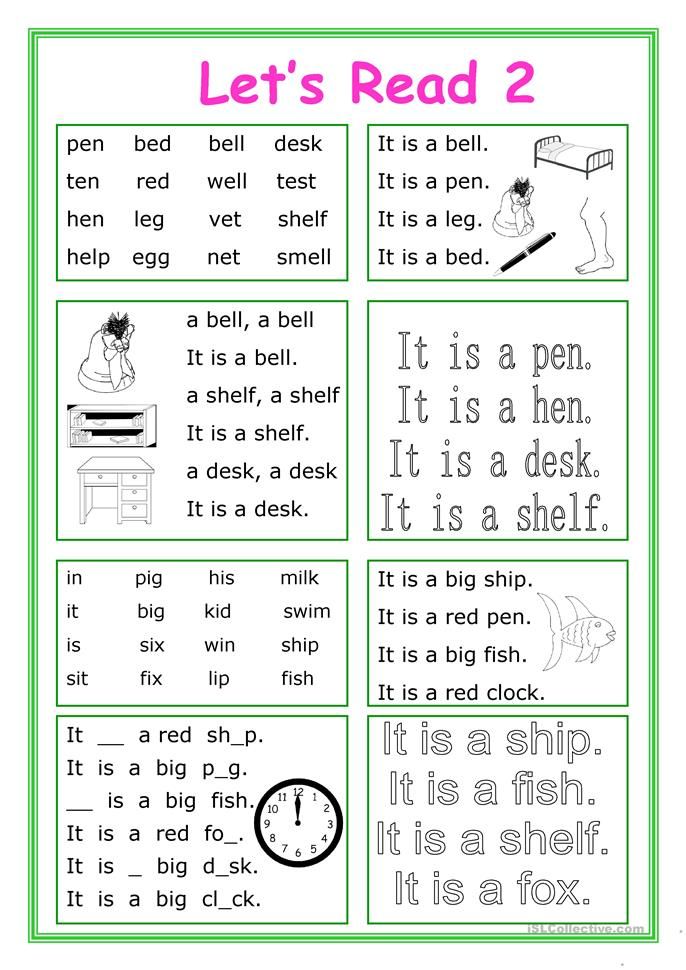
In the solar arc direction chart (chart 4) there are several important aspects in which the direction planets form sextiles with their natal positions and thus activate natal aspects with other planets.
Directional Mercury was conjunct natal Neptune and square natal Moon at the time of the indictment, activating the natal potential for legal trouble and imprisonment. Directional Venus was close to the natal Ascendant, which it then crossed, leaving the twelfth house and entering the first house around the time of Martha's release from prison. Upon release, directional Venus formed a square with the natal Sun, the ruler of the tenth house, which indicated Martha's desire to return to business, which happened.
Resize PDF - Resize PDF files online
Resize PDF files online! You don't need to download anything, just use the free online service.
Drop files here
Enter URL Dropbox Google Drive
Choose a value A0A1A2A3A4 (Standard)A4 (Small)A5A6A7A8A9A10B0B1B2B3B4B5B6B0B1B2B3B4B5B6C0C1C2C3C4C5C6ARCH AARCH BARCH CARCH DARCH ETabloid SheetLedger SizeLegal SizeLetter Size (Small ) FLSAFLSEHalf Letter SheetHagaki
Set the page size
Unit mminches
Width:
mm
Height:
mm
Info: Please enable JavaScript to ensure the site works properly.
Publication of advertising
300,000+ users
18,000+ users
Get in touch:
How do I resize a PDF online?
- Download PDF file.
- Select a page size from the drop-down list of standard sizes.
- You can also adjust the page size (optional).

- Click Start.
Resize PDF file online
free anywhere
How to resize a PDF file
Upload a file from a computer or cloud, or drag and drop it into the dedicated field.
Then select the desired size. Our program supports all popular formats.
What's next? Just click on the "Save Changes" button and wait a bit. A PDF file will be available for download soon.
Resize your PDF file online
You don't have to download or install anything!
PDF2Go is an online service. Just connect to the Internet and download the file. We will do the rest.
Why resize a PDF file?
Preparing a PDF file for publication is a hassle. Imagine the situation: the document is ready, but the page ratio is incorrect.
Imagine the situation: the document is ready, but the page ratio is incorrect.
Decide on the design and content of the file, and leave the worries about the size of the pages to us!
Tip: You can also resize the PDF file.
Resizing and security
We care about file security. Upload documents and be calm - your data is protected.
Please refer to the Privacy Policy for details on copyright, automatic deletion and file handling.
Which files can be resized?
A free online tool to help you resize your PDF file. Documents in other format are converted to PDF before resizing!
Document:
Adobe PDF
In any convenient place
It happens that a file needs to be processed urgently, but there is no computer at hand. PDF2Go will help you out:
PDF2Go will help you out:
Open a browser on any device you have at hand, download the PDF file and resize it. All operations are performed online - just connect to the network.
Rate tool 4.
Learn more


